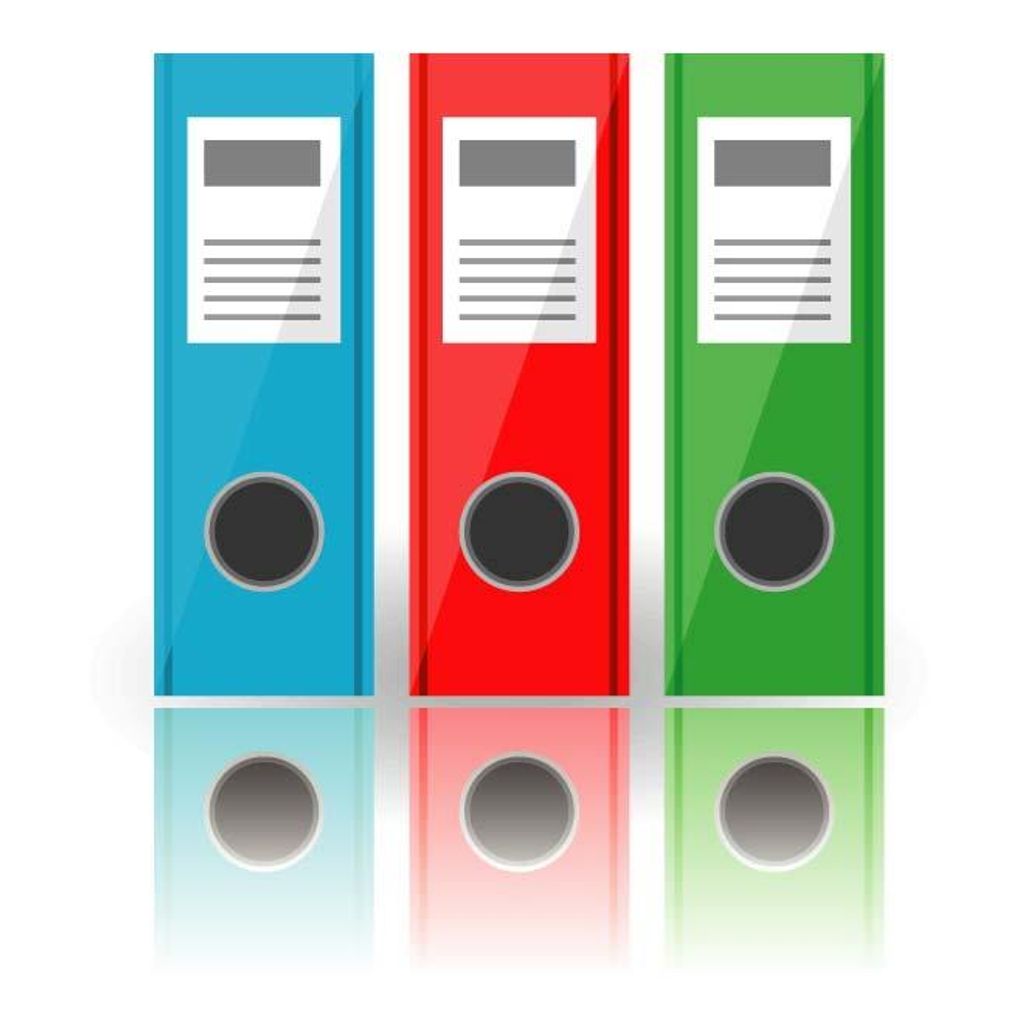
In today's fast-paced freelance work environment, staying organized is crucial for success. One area that often requires attention is managing work emails. Without a proper system in place, important messages can get lost, deadlines can be missed, and client relationships can suffer. That's why it's essential to use an email organizer tool to streamline your workflow and keep your inbox under control. In this article, we will explore the importance of organizing freelance work emails, how to choose the right email organizer tool, setting up your email organizer, effective email management strategies, and tips for maintaining an organized inbox.

Improving efficiency and productivity is crucial for freelance professionals. By organizing your work emails, you can streamline your workflow and save valuable time. Prioritizing important emails and responding promptly ensures that you stay on top of your tasks and deadlines. Additionally, implementing a tagging system allows you to easily categorize and locate specific emails when needed.
To further enhance efficiency, consider using templates and saved responses for common email inquiries or requests. This allows you to quickly respond to clients without having to type the same response repeatedly. Lastly, scheduling regular email cleanup sessions helps you declutter your inbox and maintain a clear and organized workspace.
Here are some tips to improve efficiency and productivity:
Remember, by organizing your freelance work emails, you can optimize your workflow and achieve greater efficiency and productivity.
Enhancing communication and collaboration is crucial for successful freelance work. By organizing your work emails, you can streamline communication with clients and team members, ensuring that important messages are easily accessible and responded to promptly. An organized email system allows you to quickly find relevant information, such as project details, deadlines, and client feedback, enabling effective collaboration and minimizing miscommunication.
To further enhance communication and collaboration, consider implementing a table to present structured data, such as project timelines or task assignments. This can provide a clear overview of important information and facilitate efficient coordination among team members. Additionally, using a bulleted or numbered list can be helpful for outlining action steps, discussing project updates, or summarizing meeting discussions.
Remember, effective communication and collaboration are essential for delivering high-quality work and maintaining strong professional relationships. By organizing your freelance work emails, you can optimize these aspects of your business and ensure smooth and productive collaboration with clients and colleagues.
Maintaining professionalism and strong client relationships is crucial for freelance success. By organizing your work emails, you can ensure timely responses, clear communication, and a positive impression on clients. Here are some strategies to help you maintain professionalism and build strong client relationships:
Respond promptly: Timely responses show professionalism and dedication to your clients. Make it a priority to reply to emails in a timely manner, even if it's just to acknowledge receipt and provide an estimated response time.
Use templates and saved responses: Templates and saved responses can save you time and ensure consistency in your communication. Create templates for common types of emails, such as project proposals, invoices, and follow-ups.
Schedule regular email cleanup: Regularly review and clean up your inbox to keep it organized and prevent important emails from getting buried. Set aside dedicated time each week to delete or archive unnecessary messages.

When choosing the right email organizer tool, it is important to consider your workflow and requirements. Efficiency should be a key factor in your decision-making process. Look for features that can streamline your email management tasks and save you time. Additionally, consider the integration of the tool with other software or platforms you use for your freelance work. This can help ensure a seamless workflow and enhance your productivity. Lastly, think about the scalability of the tool. As your freelance business grows, you may need an email organizer that can handle a larger volume of emails and adapt to your changing needs.
When evaluating email organizer tools, it's important to consider your workflow and requirements. Features and functionality play a crucial role in determining the effectiveness of the tool. Here are some factors to consider:
Additionally, it's helpful to read user reviews and compare different options before making a decision.
When choosing an email organizer tool, it is crucial to ensure compatibility and integration with your existing email system. Compatibility ensures that the tool can seamlessly work with your email provider, whether it is Gmail, Outlook, or any other platform you use. Integration, on the other hand, allows the organizer tool to sync and communicate with your email client, enabling smooth data transfer and real-time updates. This ensures that you can access and manage your organized emails directly from your email client, without the need for switching between different applications or platforms.
Implementing a table can be helpful in comparing the compatibility and integration features of different email organizer tools. Here is an example of a table that presents the compatibility and integration options for three popular email organizer tools:
This table provides a clear overview of the compatibility and integration options, allowing you to make an informed decision based on your specific requirements and email system.

Creating folders and labels is an essential step in organizing your freelance work emails. By categorizing your emails into different folders and assigning labels, you can easily locate and manage specific types of emails. Here are some tips for creating folders and labels:
By organizing your emails into folders and labels, you can streamline your email management process and improve your overall efficiency.
Establishing filters and rules is an essential step in organizing your freelance work emails. Filters and rules allow you to automatically categorize and prioritize incoming emails based on specific criteria. By setting up filters and rules, you can ensure that important emails are highlighted and easily accessible, while less important ones are sorted into appropriate folders. This helps streamline your email management process and saves you valuable time and effort.
Implementing a tagging system can greatly enhance the organization and searchability of your freelance work emails. By assigning relevant tags to your emails, you can easily categorize and retrieve them based on specific criteria. Tagging allows you to create custom labels that reflect the nature of the email, such as 'urgent', 'client inquiry', or 'project update'. This helps you quickly identify and prioritize important emails, saving you time and ensuring that nothing falls through the cracks.
To effectively implement a tagging system, consider the following:
By implementing a tagging system, you can streamline your email organization and improve your overall productivity.

One of the key strategies for effective email management is to prioritize and respond promptly to important emails. By doing so, you can ensure that important tasks and requests are addressed in a timely manner, improving your productivity and maintaining good communication with clients and colleagues. It is important to regularly check your inbox and prioritize emails based on their urgency and importance. Responding promptly shows professionalism and reliability, and it helps to build trust and strong client relationships.
Using templates and saved responses can greatly streamline your email communication. Templates are pre-written email drafts that you can easily customize and send out when needed. They are especially useful for repetitive tasks or common inquiries. Saved responses, on the other hand, are snippets of text that you can quickly insert into your emails. They are handy for frequently used phrases or information that you find yourself typing repeatedly.
By utilizing templates and saved responses, you can save time and ensure consistency in your email communication. It also helps you avoid the hassle of rewriting the same content over and over again. Consider creating a library of templates and saved responses for different types of emails you frequently send, such as client inquiries, project updates, or payment reminders.
Here's an example of how you can use templates and saved responses:
Remember, using templates and saved responses should not compromise the personalization and individual touch in your emails. Customize them as needed to ensure each email feels personalized and tailored to the recipient.
Regularly cleaning up your email inbox is essential for maintaining an organized and efficient workflow. By dedicating time to declutter your inbox, you can ensure that important emails are not buried under a pile of unread messages. Here are some strategies to help you schedule regular email cleanup:

One of the most effective ways to declutter your inbox and maintain an organized email system is to unsubscribe from unnecessary emails. By reducing the number of irrelevant messages you receive, you can focus on the important ones and improve your productivity. Here are some tips to help you unsubscribe efficiently:
When managing your freelance work emails, it's important to regularly archive or delete irrelevant messages. This helps to keep your inbox clutter-free and ensures that you can easily find important emails when you need them. Here are a few tips to help you effectively archive or delete messages:
By following these strategies, you can maintain an organized inbox and ensure that you only keep the emails that are necessary for your freelance work.
When it comes to finding specific emails or organizing your inbox, search and sort functions are invaluable tools. These features allow you to quickly locate emails based on keywords, sender, date, or other criteria. By using search and sort functions effectively, you can save time and easily navigate through your email archives.
In conclusion, organizing your freelance work emails is essential for maintaining productivity and efficiency. By implementing an email organizer, you can easily categorize and prioritize your emails, ensuring that important messages are not overlooked. Additionally, the ability to search and retrieve specific emails quickly can save you valuable time. Streamlining your email management process will ultimately contribute to a more organized and successful freelance career. Start implementing these strategies today and experience the benefits for yourself!
By organizing work emails, you can easily find important information, prioritize tasks, and reduce time spent searching for emails. This leads to increased efficiency and productivity in your freelance work.
When your work emails are organized, it becomes easier to communicate and collaborate with clients, colleagues, and other stakeholders. You can quickly find relevant emails, share information, and keep track of important discussions.
A well-organized email system allows you to respond promptly to client inquiries, keep track of important client conversations, and maintain a professional image. It helps you stay organized and provide excellent customer service.
When choosing an email organizer tool, consider your workflow and requirements. Evaluate the features and functionality offered by different tools, and ensure compatibility and integration with your existing email system.
Folders and labels can be used to categorize and organize emails based on projects, clients, or other criteria. Filters and rules can automatically sort incoming emails into specific folders or apply labels. This helps in keeping your inbox organized and easy to navigate.
A tagging system allows you to add specific tags or keywords to emails, making it easier to search and filter them later. It helps in quickly locating relevant emails and organizing them based on different criteria.